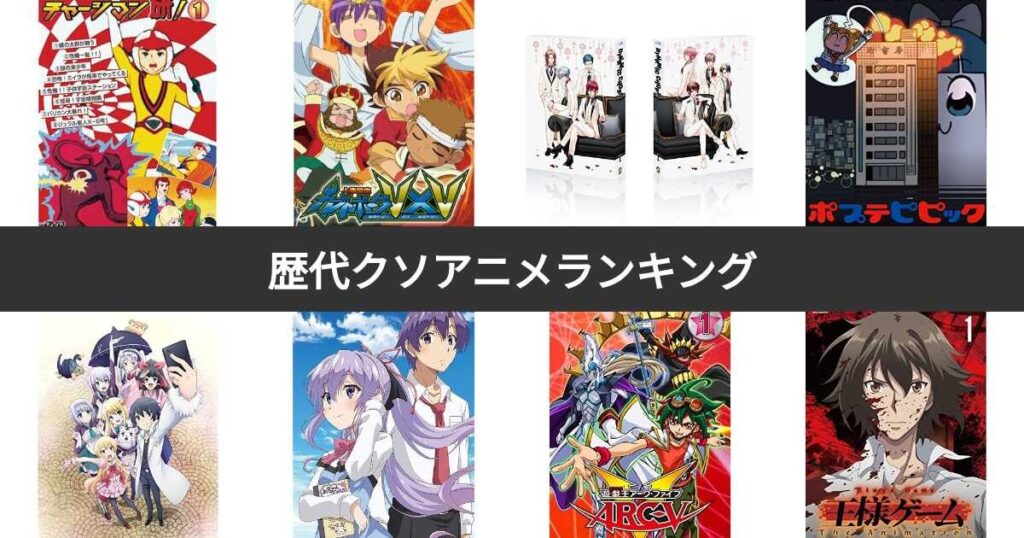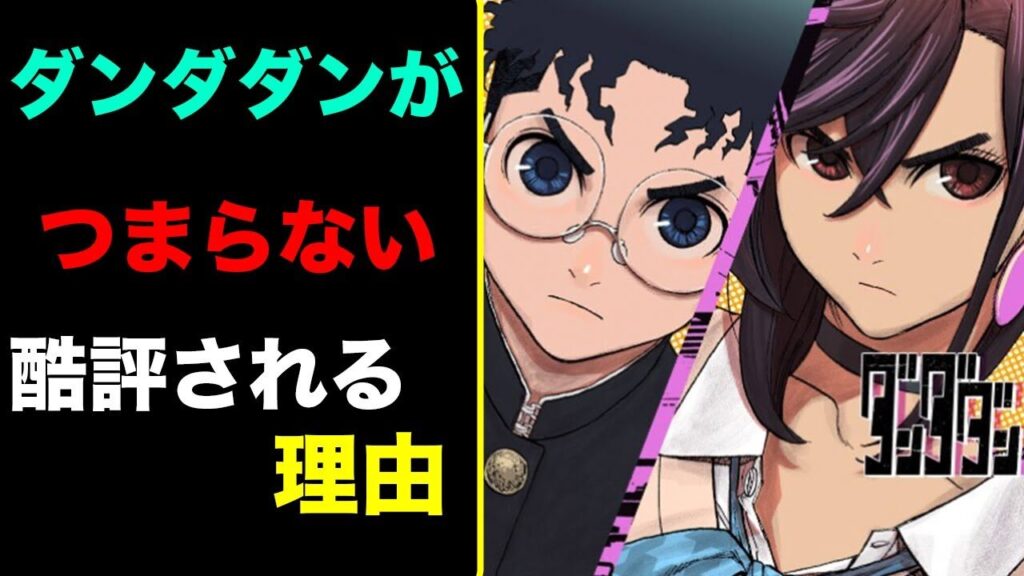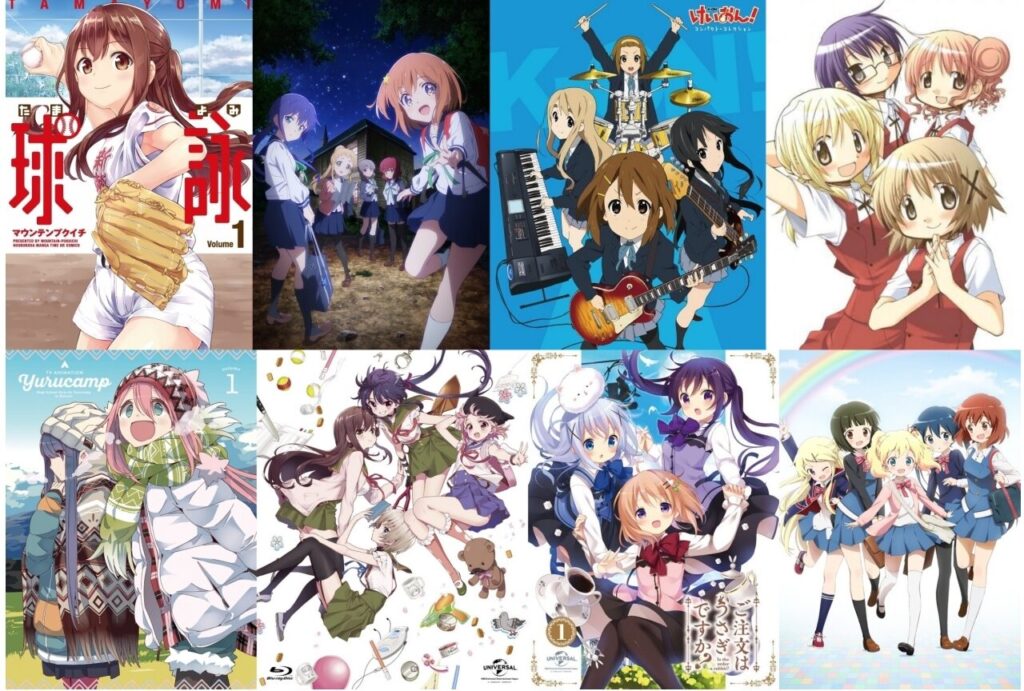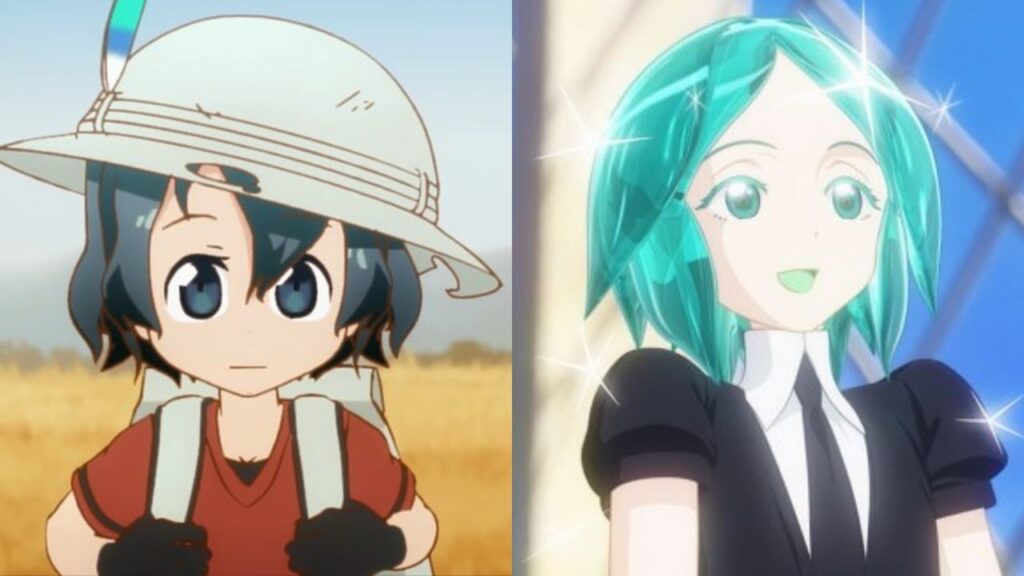Introduction
In recent years, many anime series have been critically panned in Japan. These anime often face criticism for various reasons, including plot development, character depth, and animation quality.
This article will present a ranking of low-rated anime in Japan and delve into the reasons behind their poor reception.
1. Criteria and Data Collection Methods
Criteria for Ranking
The rankings are based on viewer reviews, social media reactions, and ratings from anime critique sites. The focus is on anime that received significant negative feedback.
Data Collection Methods
Data was gathered from various anime-related websites, forums, and review sites, ensuring a comprehensive view of audience opinions.
2. Ranking of Low-Rated Anime

Ranking Announcement
Here are the top 10 anime that received low ratings in Japan:
- Myriad Colors Phantom World
- Criticisms: The story is incoherent, and character actions lack consistency. Viewers found it hard to empathize with the characters, leading to an overall shallow impression.
- Viewer Feedback: “The setting is too complex to follow,” “The characters are unappealing”.
- Undefeated Bahamut Chronicle
- Criticisms: The setting is overly complicated, causing confusion among viewers. The animation quality is inconsistent, particularly in action scenes.
- Viewer Feedback: “Too difficult to understand,” “Inconsistent animation quality”.
- Bubuki/Buranki
- Criticisms: The large number of characters makes it difficult to invest emotionally in the story. The plot progresses too quickly, leaving viewers behind.
- Viewer Feedback: “Too many characters to keep track of,” “The story moves too fast”.
- Reikenzan: Hoshikuzu-tachi no Utage
- Criticisms: Poor animation quality and a disjointed script make the story unengaging for viewers.
- Viewer Feedback: “The animation is terrible,” “The script is all over the place”.
- Girls Beyond the Wasteland
- Criticisms: The storyline is mundane, and the characters lack depth, making it hard for viewers to connect with them.
- Viewer Feedback: “The story is boring,” “The characters feel flat”.
- Aokana: Four Rhythm Across the Blue
- Criticisms: Despite being a sports-themed anime, it fails to capture the excitement of competition. Character development is insufficient, and the plot is monotonous.
- Viewer Feedback: “Lacks the excitement of a sports anime,” “Character growth is minimal”.
- Divine Gate
- Criticisms: The complex plot and setting make it hard for viewers to follow. The characters’ motivations and backgrounds are not clearly defined, making emotional investment challenging.
- Viewer Feedback: “The plot is confusing,” “The characters are not compelling”.
- Nurse Witch Komugi R
- Criticisms: The comedy elements fail to resonate with viewers. The storyline is thin, and the humor feels forced and unfunny.
- Viewer Feedback: “The jokes are not funny,” “The story is dull”.
- Grimgar of Fantasy and Ash
- Criticisms: The slow pace of the story makes it difficult to maintain interest. The characters do not exhibit significant growth or depth.
- Viewer Feedback: “The pacing is too slow,” “The characters lack appeal”.
- Dagashi Kashi
- Criticisms: Repetitive jokes and a lack of significant plot development cause viewers to lose interest quickly.
- Viewer Feedback: “The jokes get old fast,” “The plot doesn’t progress”.
3. Audience Expectations and the State of the Anime Industry

Rising Audience Expectations Today’s viewers expect high-quality stories and character development.
Modern anime are often compared to past classics, and when they fail to meet these high standards, disappointment ensues.
Challenges in the Anime Industry The harsh working conditions and budget constraints within the anime industry also affect the quality of the final product.
Maintaining consistent quality is difficult, making it challenging to meet viewer expectations.
4. Comparison with International Perspectives

Differences in Japanese and International Evaluations Comparing the same anime between Japanese and international audiences reveals cultural and perceptual differences.
Japanese viewers often prioritize deep storytelling and character development, whereas international audiences may appreciate visual elements and action scenes more.
5. Case Studies and Viewer Opinions

Specific Examples
- Tokyo Ghoul: Significant deviations from the original manga and rapid plot developments were heavily criticized. Viewers felt that the anime’s original storylines detracted from the manga’s appeal.
- Shinkalion: Change the World: Overuse of CGI and lack of character development were noted. The target audience was unclear, leading to a lack of resonance with any specific viewer group.
6. Summary and Future Outlook

Overall Assessment The reasons modern anime may feel boring include repetitive storylines, lack of character depth, overreliance on CGI, and inconsistent animation quality.
Meeting the rising expectations of viewers requires significant improvements across the industry.
Future Prospects The anime industry needs to overcome these challenges and deliver more diverse and engaging content.
By listening to viewer feedback and embracing new innovations, the industry can potentially usher in a new golden age of anime.
Conclusion
This article analyzed the reasons behind the low ratings of certain anime in Japan.
The industry must strive to meet viewer expectations through consistent efforts and improvements. Continue to enjoy new anime and watch how the industry evolves.






コメント